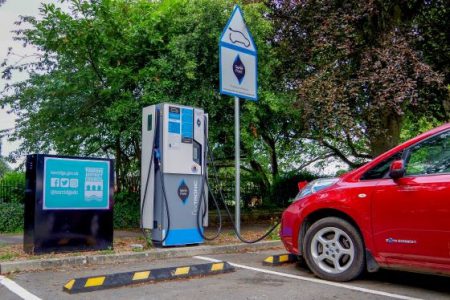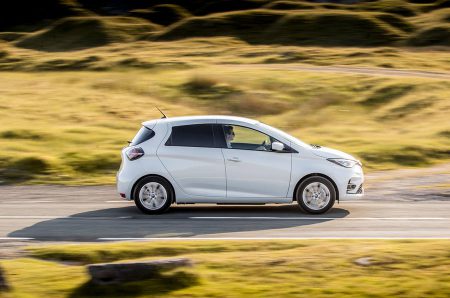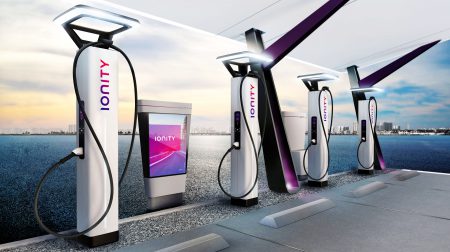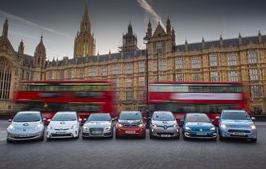The number of public electric vehicle charging points in the UK increased by 18% in 2020, according to the latest data from the Department for Transport (DfT).
The Electric Vehicle Charging Device statistics for October 2020 also shows a 7% increase in available chargers in Q3 2020 alone.
Of the 19,487 public chargers now available in the UK, 3,530 are rapid chargers.
London has the highest level of charging device provision per 100,000 of population but is slightly below average in terms of rapid charging device provision.
Scotland is above average in total devices per 100,000 and has the highest level of rapid device provision
Charlie Jardine, founder and chief executive of electric vehicle charge point and charging software developer EO Charging, said welcomed the 18% increase.
He said: “We look forward to seeing this number grow as EVs are set to be an essential part of how we ‘build back better’ from the Covid-19 pandemic.
“While increasing the availability of public charge points is an important step in overcoming the barriers to EV adoption, 59% of vehicles on roads are company vehicles so businesses must carefully consider installing their own EV charging infrastructure.
“We’ve seen much evidence of businesses leading the way on this in recent months, with significant demand from our customers transforming their fleets across the UK and Europe from diesel and petrol to electric.”
In the North West, the number of total devices available decreased by 4.9% over the quarter, predominantly in the Greater Manchester area.
However, total rapid devices in that region increased by 5.7%.
The number of available devices can fuctuate for a range of reasons.
Owners and operators can choose to temporarily or permanently decommission or replace devices, or they can be unavailable due to faults, maintenance or other restrictions in the area where they are located.
In every other region, the number of charging devices increased across the quarter to October 2020.
The West Midlands saw the largest percentage change but London saw the largest absolute increase of 504 devices which accounted for 41% of all new available devices, further increasing the unequal geographical distribution in the UK.
Rapid devices increased in each region across the quarter with the smallest percentage increase in Scotland. Despite this, Scotland still has the highest number of rapid chargers per 100,000.
Read more: Smart Transport
It’s Time to Go Green!
If you would like to know more about Solar Panels and the PowerBanx range of home battery systems, and get a free instant quote, please complete our online form:


















